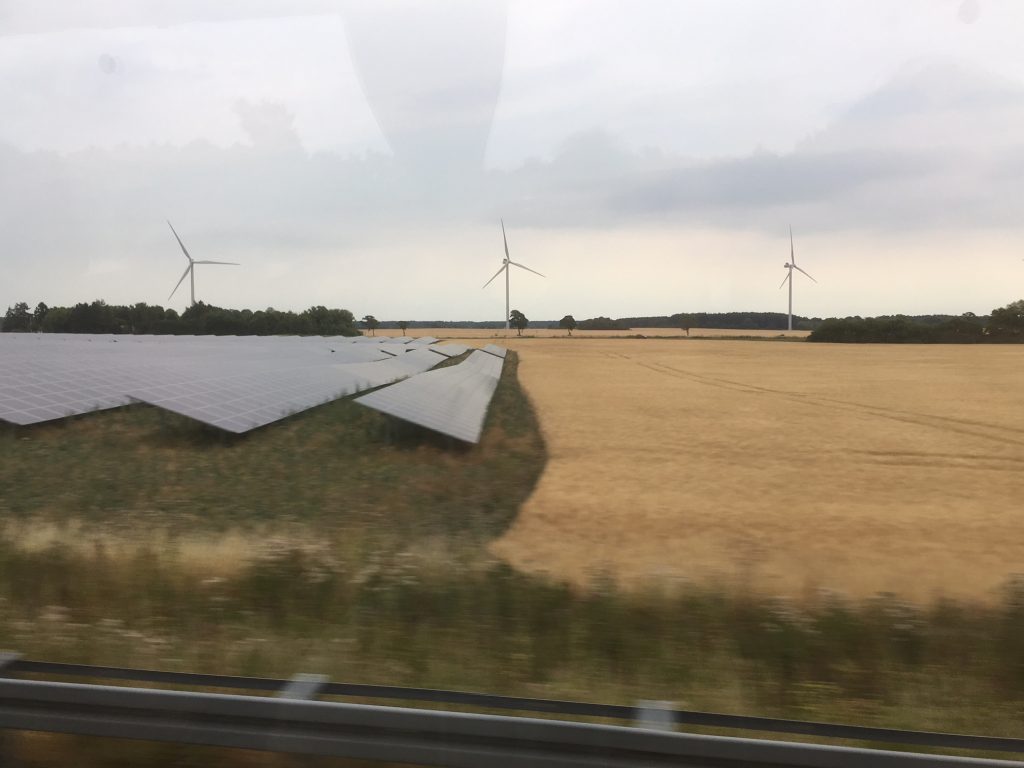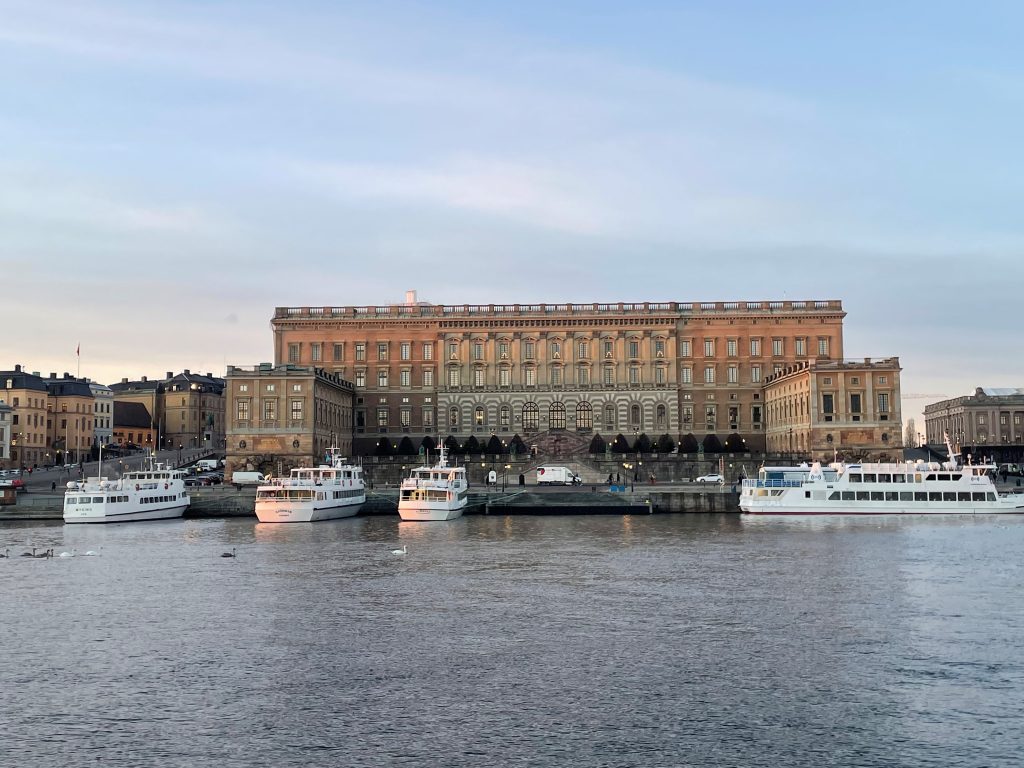Project cases
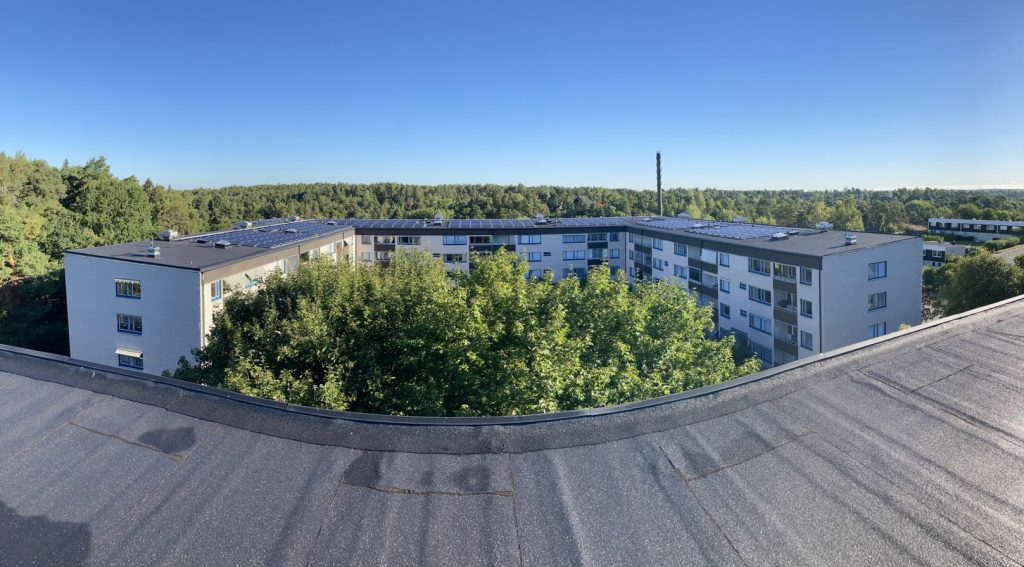
Housing Estates as energy projects: Solar energy and a handful local energy projects in Igelbodaplatån, Nacka
In Sweden, almost a fourth of the population live in the tenure form called Bostadsrättsförening, often translated to as Housing Cooperatives in English. As housing policy and tenure forms differ across Europe but also within countries, a Bostadsrättsförening in Sweden can best be described to as a form of indirect ownership of housing in English. Bengtsson et al (2017: 64) explain the difference between direct and indirect ownership as follows:
“The clearest case of direct ownership is a household individually owning a house and the land on which it stands and being individually responsible for the property and all its costs, as well as being the sole beneficiary of capital gains and other benefits. Indirect ownership refers to a situation where ‘the building or property is owned by a legal entity of which the residents are members or joint owners’ and ‘shareholding in the legal entity is linked to the right to a certain dwelling’. In indirect ownership, the owners’ individual rights of use, control and disposition concern only their dwelling, whereas shared spaces and the property as a whole are owned jointly together with other residents and managed collectively.”
Brf Igelbodaplatån is large with about 450 apartments of which a majority are 3-5 room apartments. The buildings were constructed in the late 1960s and in 1971 all of the apartments, distributed over six housing units, were ready. In the past decade, the housing cooperative has undergone a few energy projects such as green retrofitting projects which included change of windows with improved thermal insulation. In addition, installations of downhole heat exchangers (bergvärme), a form of geothermal heating, have had a huge impact on the heating of the buildings, and replaced the former oil boiler. Altogether, these measures have improved the energy classification of the buildings to energy class C (less than 50kWh/sqm per year). Installation of charging stations for EV’s in the underground garage and preparation for future installations is another example of the housing cooperative’s proactive work for future demand. Most known of all energy projects is probably the installation of solar panels on all six housing units’ rooftops in 2020. In total, it produces up to 500,000-540,000 kWh per year. Information of the current energy production can be found here.
Brf Igelbodaplatån is the 52nd largest facilitation of solar energy production in all of Sweden according to a list compiled by Svensk Solenergi in September 2021. If only including roof top facilitations, the housing cooperative is on the 22nd place.
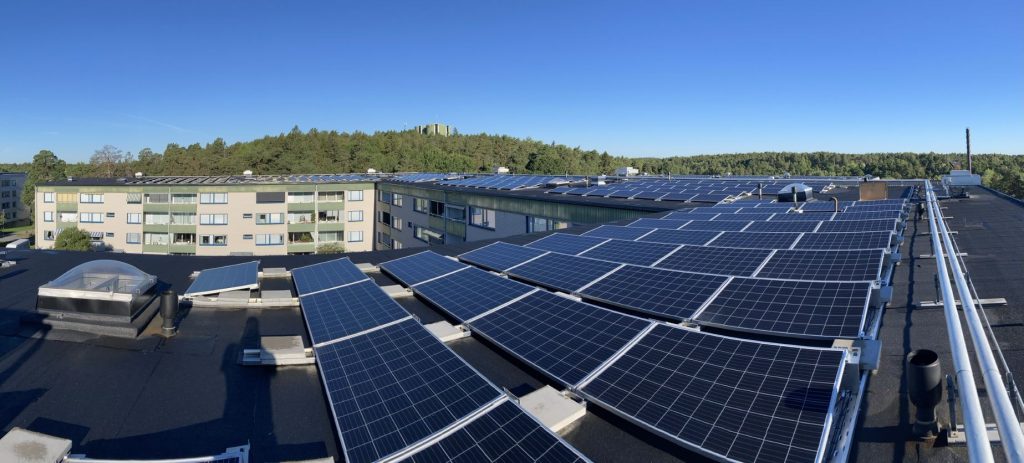
As explained above, all households in the housing cooperatives jointly owns the housing cooperative (except for a few rental housing tenants). In turn, it means that all residents together own the energy projects such as the solar panel production through their indirect ownership in their apartments. The housing cooperative needs to organise an annual meeting. At that meeting, all members are invited, and they elect the board (consisting of members/residents living in the housing cooperative). The board is for example responsible for running the daily operations of the associations, whilst the daily maintenance is commissioned to a property manager (fastighetsförvaltare). Some of the decisions needed for the day-to-day operations are delegated to the property manager, but most are taken by the board of the housing cooperative. Large projects and decisions with huge impact are always taken at the annual meeting or at an extraordinary annual meeting. This includes the decisions taken of for example the installations of solar panels.
Bornholms Havvind: 100% lokalt- og folkeejet – Bornholm Offshore Wind: 100% locally and citizen owned
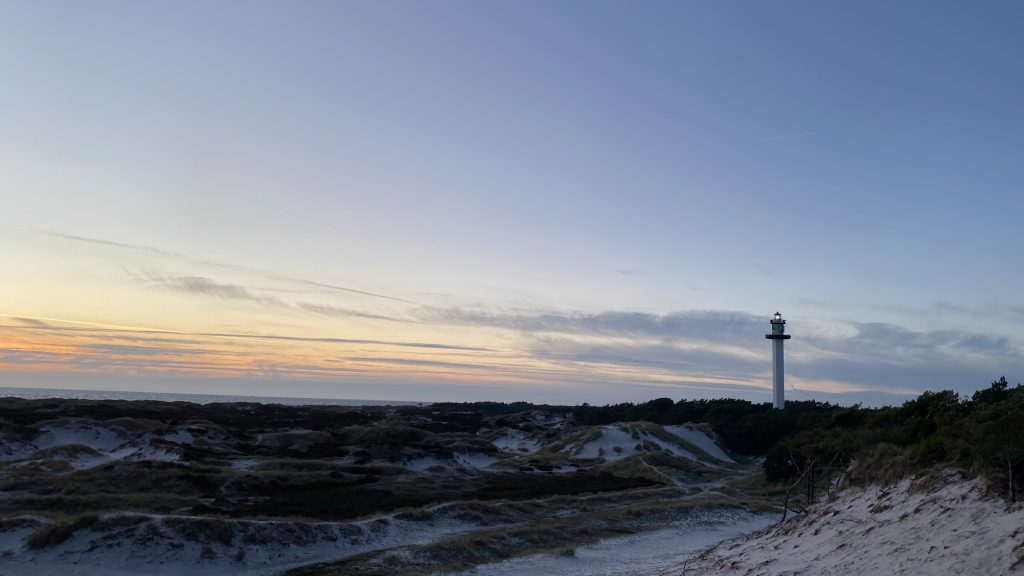
On the Danish island of Bornholm, a group of local citizens has initiated a large-scale renewable energy project: Bornholms Havvind: 100% lokalt- og folkeejet – Bornholm Offshore Wind: 100% locally and citizen owned. The goal is to establish a 100 MW offshore windmill park off the coast of Bornholm that will be 100% owned by local citizens, companies, and organisations. The aim is to make the island, with around 40 000 citizens, self-sufficient on renewable energy, where the projected increase of energy consumption on the island in the years to come are taken into account. With this ambitious project, Bornholms Havvind wish to contribute to both the local as well as the national energy and climate goals.
Local ownership is a core element of Bornholm Havvind, the whole island of Bornholm is considered a local community, eligible to buy shares in the project. Owning shares is not exclusive to the people registered in the municipality but is considered the main target group. Other identified local stakeholders are associations, industries, companies or businesses located in Bornholm. In one interview, second homeowners and everyone who temporarily uses electricity on Bornholm were also included.
Local ownership is seen as a way to motivate people to act for change, to create local acceptance, and a sense of belonging. The founders of Bornholm Havvind strongly believe that local ownership can contribute to a more equitable and inclusive energy transition.
In 2024, the project has been active for five years although no windmills is yet installed. Actually, Bornholms Havvind’s plan was rejected by the authorities in October 2023. This decision has been appealed to the Energy Appeal Court (in Danish: energiklagenævnet) and the decision, delivered in May 2024, declares that Bornholm Havvind was right. We will keep our eyes on this project to see how they progress from this.
Read more about Bornholm Havvind in this digital story.
Small scale hydropower in Värmland and the initiative DAMM/KRAFT
This case focuses on the region of Värmland county and its small-scale hydropower plants. Hydropower is a renewable energy source that converts water flow into electricity. Small-scale plants along rivers, streams and dams have a long history in Värmland, which is rich in water resources, and have been vital for many rural communities, providing reliable renewable energy. However, small-scale hydropower also has environmental impacts, such as affecting natural water flows and fish habitats. Therefore, Sweden is updating the environmental requirements for hydropower according to the EU’s Water Framework Directive. The environmental review of hydropower is an ongoing project that evaluates hydropower plants in different catchment areas based on so called modernised environmental standards. This requires a balance between meeting environmental standards and goals, while ensuring efficient access to hydroelectricity. The review has been paused for 12 months from January 2023, to study the potential consequences for the electricity system and the security of supply. Meeting the updated environmental requirements has been especially difficult for small-scale producers of hydropower.
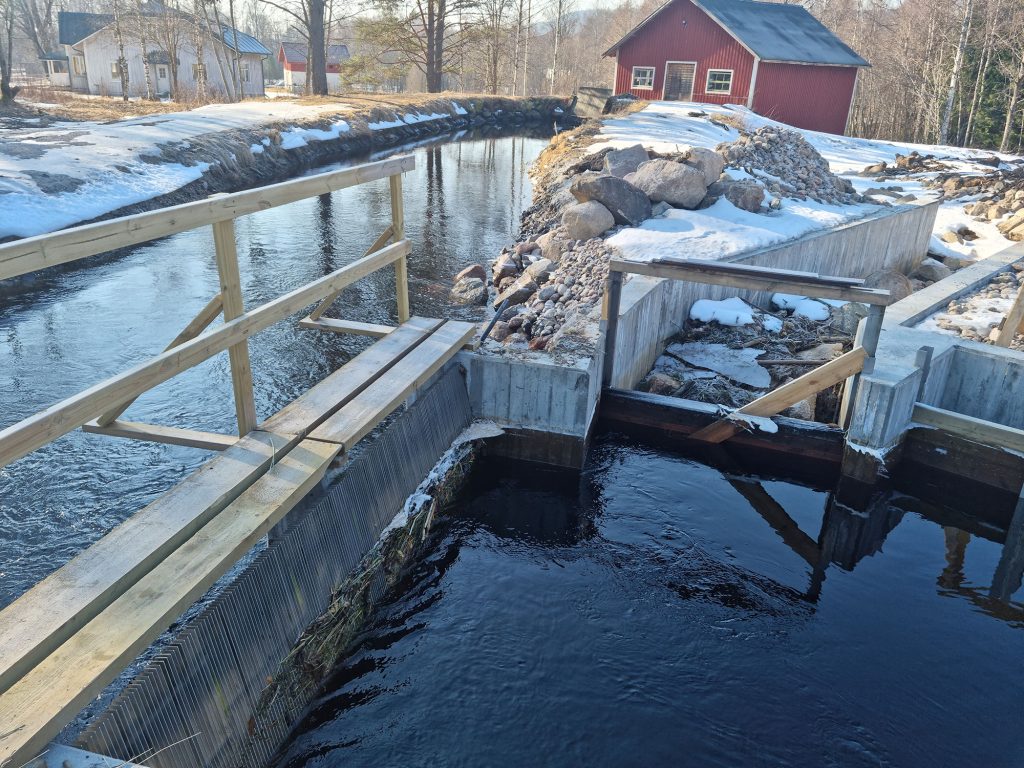
Photo: Anders Björbole. One of the small-scale hydropower plants in Värmland, Molkom.
The small-scale plants contribute to local communities and energy diversity in Värmland. At the same time, they face legal, economic, and ecological challenges to remain resilient for the future. This requires diverse action from different instances of society. One example is DAMM/KRAFT, a series of projects coordinated by Coompanion Värmland. The projects aim to increase local ownership and participation in small-scale hydropower development in Värmland, as well as combining it with other renewable energy sources, such as water, solar, and wind power. DAMM/KRAFT started as a pilot project (2019-2020), funded by the Swedish Innovation Agency Vinnova, which developed and tested new models for sustainable co-operative takeovers of dams and small-scale power plants. The project was motivated by the ongoing environmental assessment of hydropower plants, which affects many dams and water systems in the region. One of the key outcomes of the pilot was a business model of how dams and small-scale hydropower plants can connect to other renewable energy sources through local cooperative energy trading companies. In the next phase (2021-2023) funded by the Swedish Energy Agency, the project focused on increasing participation in local renewable energy production. The project also explored energy storage, electric vehicles, and digital tools for cooperative groups. This holistic model of local cooperatives was called local spatial energy cooperatives, to show how they can link various parts of a local energy system with services and infrastructure in a community. In October 2023 the project work continued with developing a digital mapping tool to support planning for local spatially defined energy communities (funded by LEADER).
Austerland Energi
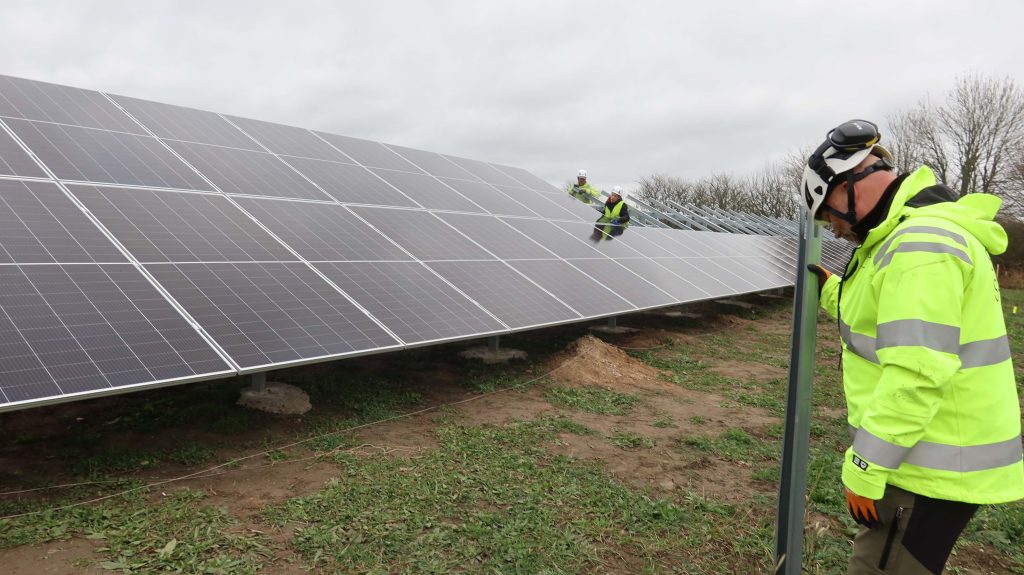
Austerland Energi is a rural energy initiative that was started in 2018 and whose goal is to enable greater local fossil-free electricity production. In addition to investigating the technical and financial conditions for this, the initiative also places great focus on engaging and involving people in the local community in the project.
The geographical focus area for the energy initiative's activities are the five parishes that make up the so-called Östergarnslandet on the eastern side of the Swedish island of Gotland. Östergarnlandet is a sparsely populated area characterized by agricultural and tourist activities as well as seasonal changes in the population.
Austerland Energi was started by Nygarn Utvecklingsbolag whose activities aim to strengthen the local community and increase Östergarnlandet's attractiveness for existing and new inhabitants. The company has previously initiated and implemented a number of successful development projects in the local area, such as expanding the fiber network, building a water treatment plant and converting a former village school into a meeting and community space for the area. And now the focus is on expanding the development work to the energy area.
The energy initiative has so far undergone three distinct phases. Between 2018 and 2019, a preliminary study was made of how the entire Östergarnlandet's energy system could become more sustainable and self-sufficient. The study also presented possible initial energy projects that could be started in various locations in the area. Based on one of these proposals, a more detailed feasibility study was then carried out in a second phase (2021-2023) in which the possibilities of building a solar cell park (including energy storage) in connection with two irrigation dams, which could provide energy for 200 households and agricultural activities on the site, were investigated. The study also included measures to promote fossil-free transport and the possibility of starting a local energy community. After finishing the preliminary study, the project has entered a third phase where an energy community has been formalized in the form of an economic association, and the plans and preparations for installing a joint solar cell plant have been continued.
Biogas Gotland
Biogas Gotland is a locally owned limited company on Gotland that uses residual material from the surrounding area to produce biogas for local consumption. For more than a decade now, Gotland’s residents have been able to fuel their cars and buses with biogas from Biogas Gotland's facilities.
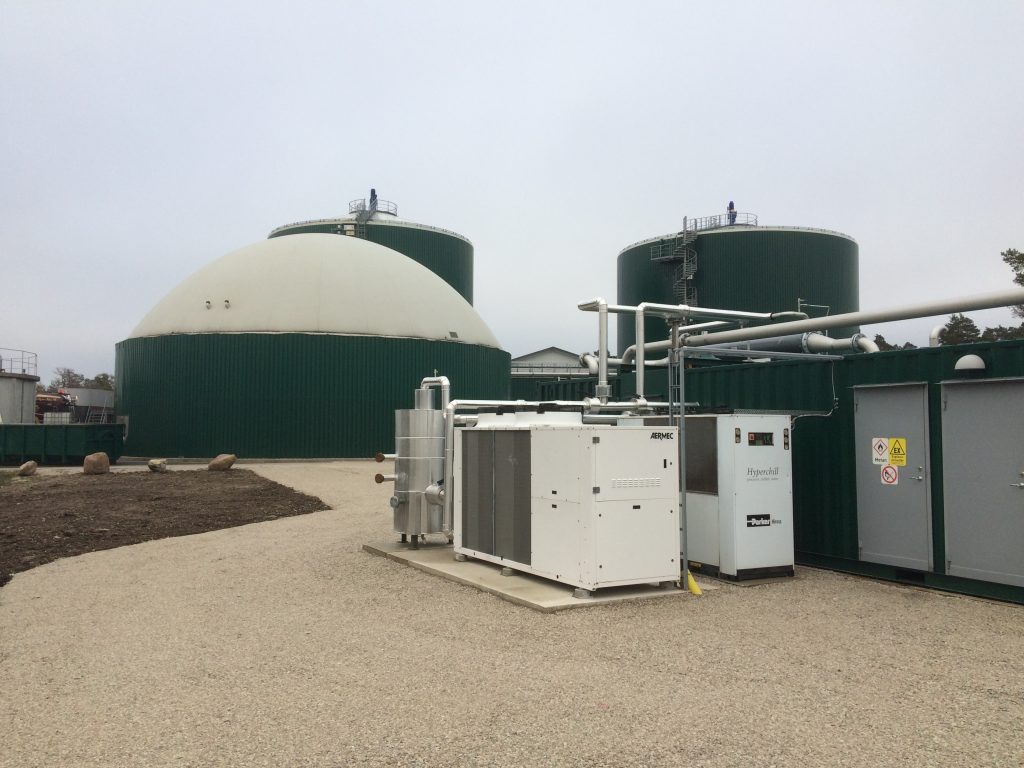
The biogas that Biogas Gotland produces initially came from excess gas from the region's water treatment plant, but the biogas plant "Brogas" was also built early on, where biogas began to be produced from, among other things, residues from agricultural and food operations as well as from household waste on the island. The company is now in a new development phase where the capacity of the Brogas plant is to be expanded and where the possibilities of building biogas plants in more places on the island are also being investigated.
In addition to the biogas production, the operations include reprocessing facilities and three filling stations. In addition, a separate company, MiljöBilCentrum, has been set up, whose purpose is to make it easier for motorists to buy or convert their cars into biogas cars.
In its operations, Biogas Gotland collaborates with many different actors on the island. Farmers, food companies, Region Gotland, the Arla dairy, Gotland Slagteri (a slaughterhouse) and car salesmen and mechanics on the island have all been instrumental in a) providing material for producing biogas, b) creating a sufficiently large demand for biogas for initial investments to be profitable and c) take care of residual material produced during the production of biogas. More information on Biogas Gotland's website.
Different scales of local energy ownership
“The local” in local energy ownership can be understood in different ways. It can for example refer to private ownership by individuals, ownership by a group of people (including so-called energy communities), or ownership by local authorities such as municipalities.
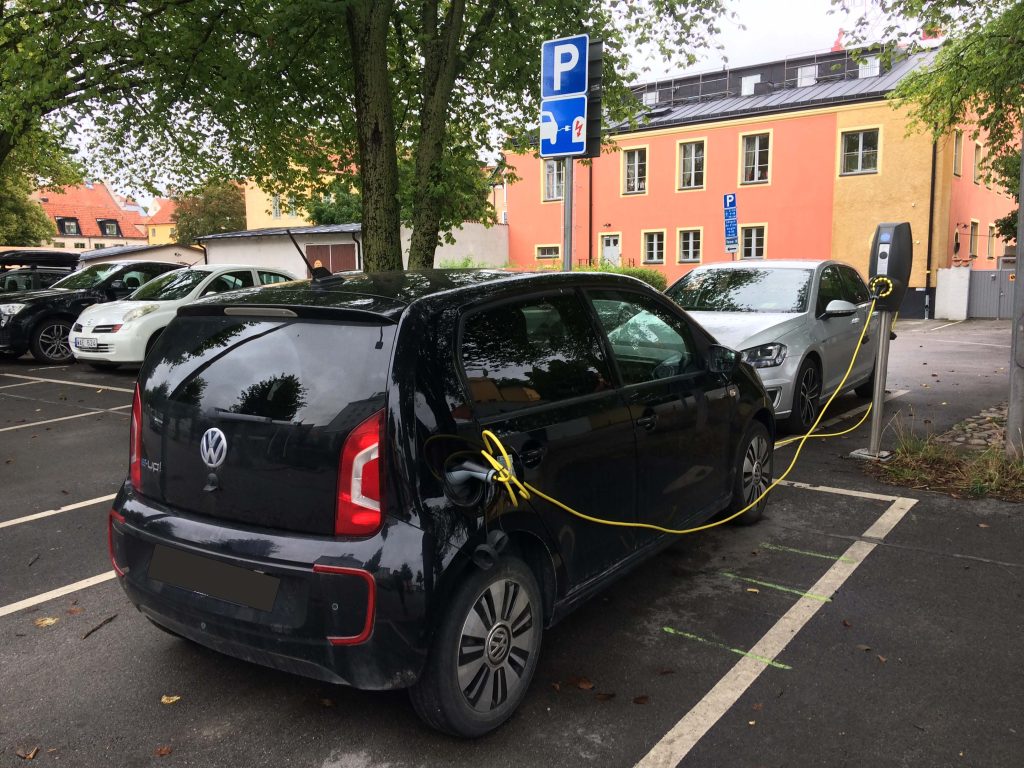
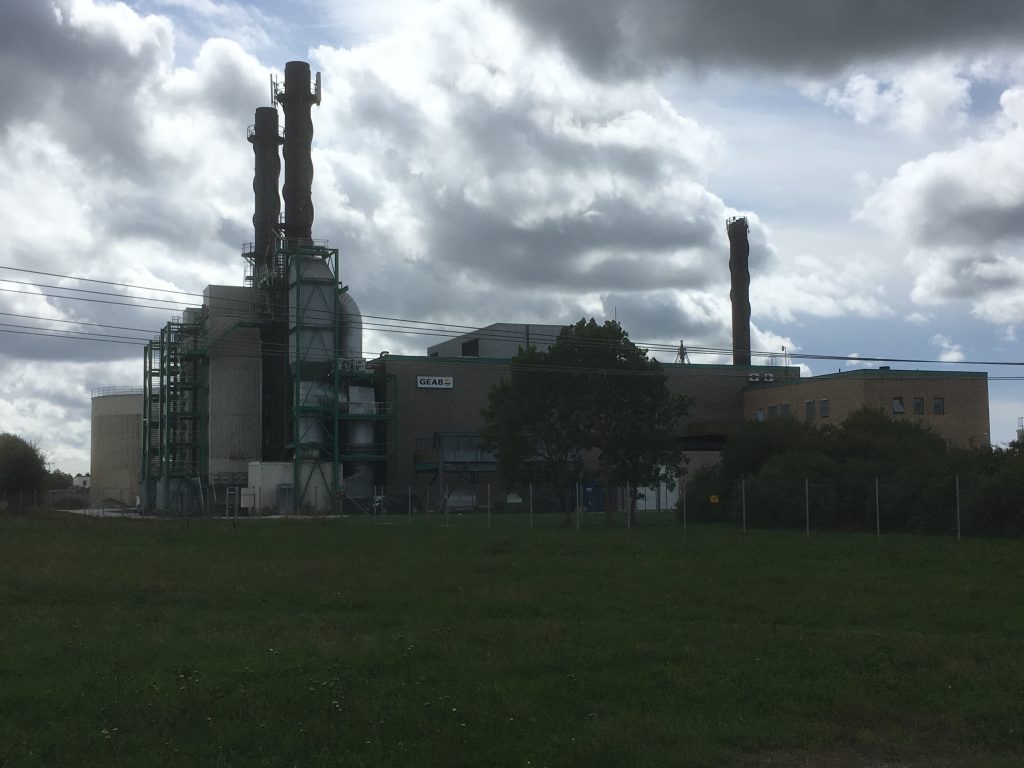
Different types of ownership in energy projects
Local energy ownership can include practical legal or political ownership of energy infrastructure or energy transition processes. However, equally important might be the “sense of” ownership that people can feel by being included and informally engaged in energy transition processes.
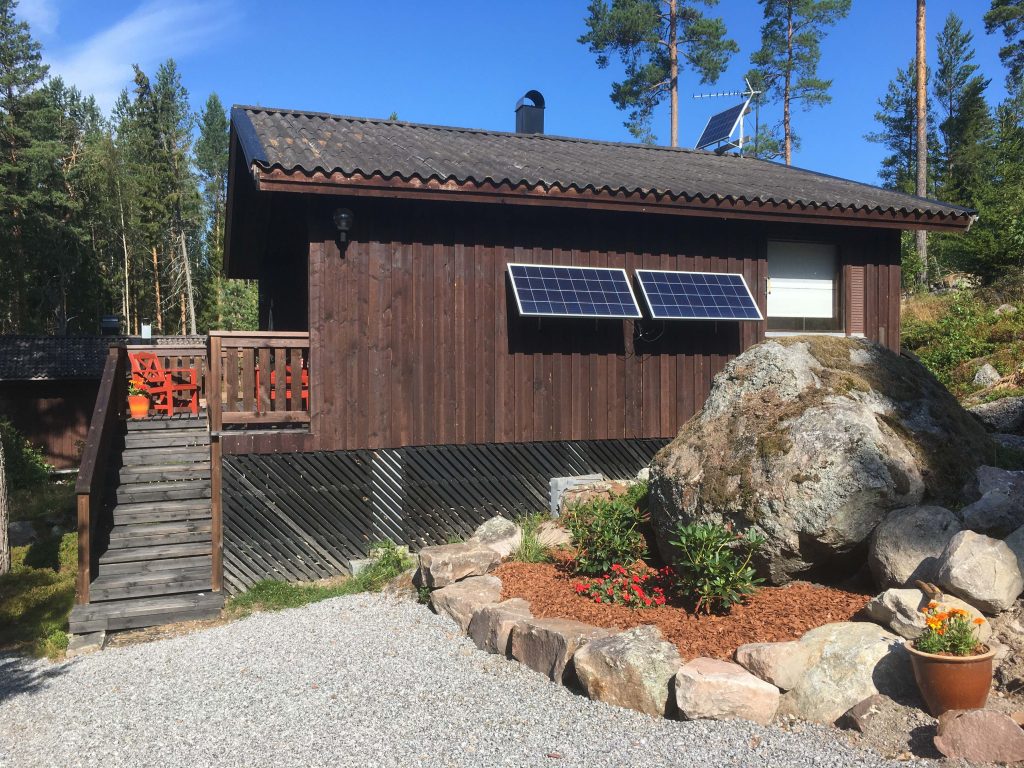
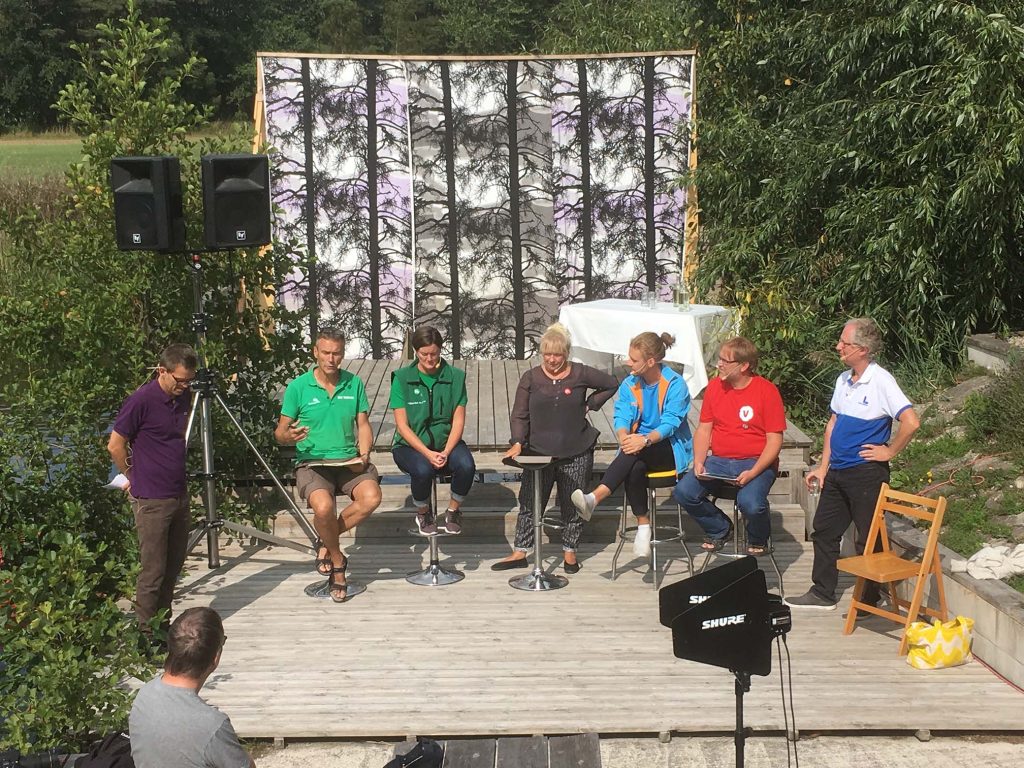
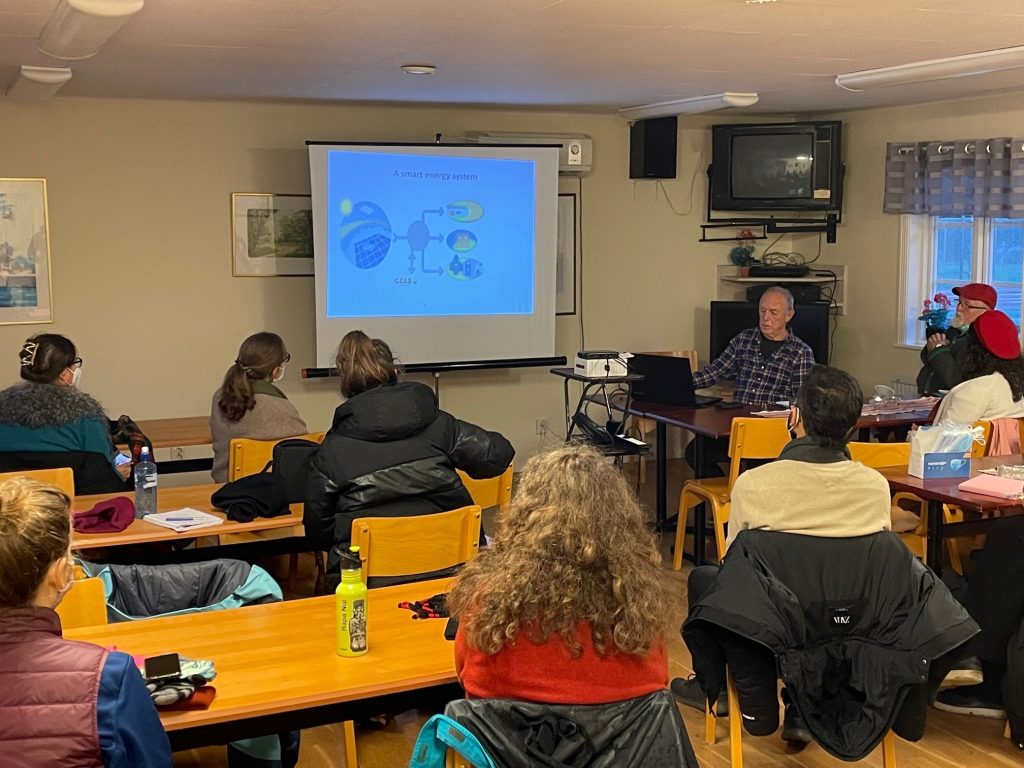
Different types of energy-related projects
Local energy projects typically aim to transform or strengthen the energy supply (for instance by putting up solar panels or building wind farms), but they can also include many other types of activities. There are for example energy projects focused on energy efficiency measures, mobility schemes as well as knowledge and awareness-raising campaigns.
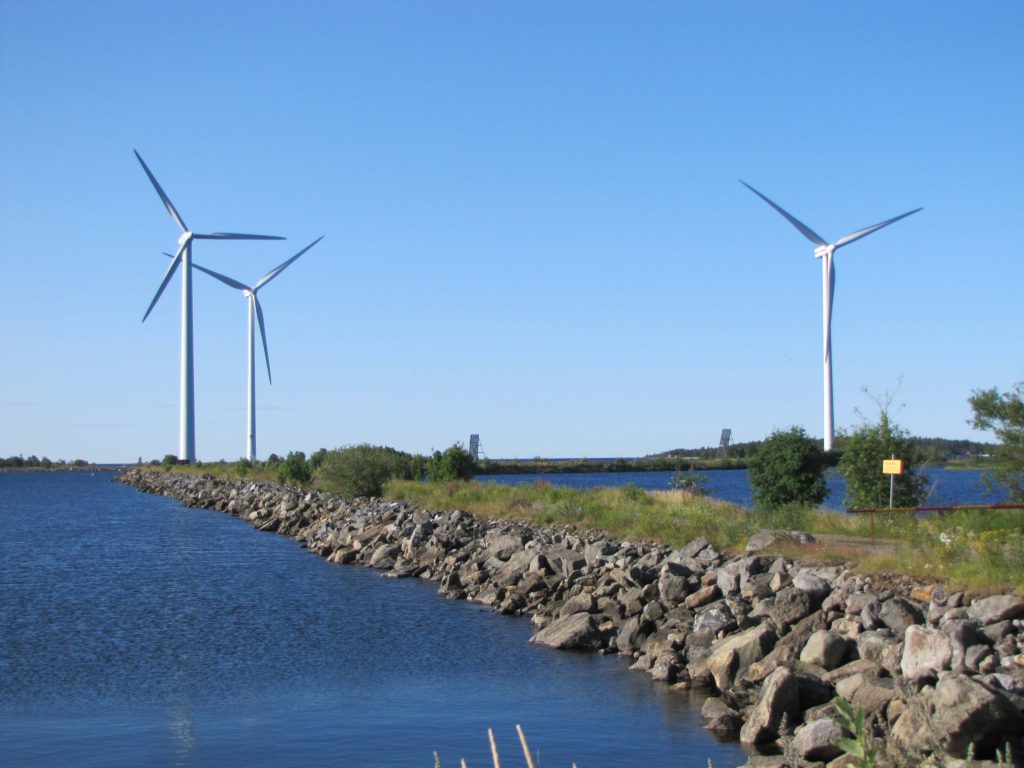
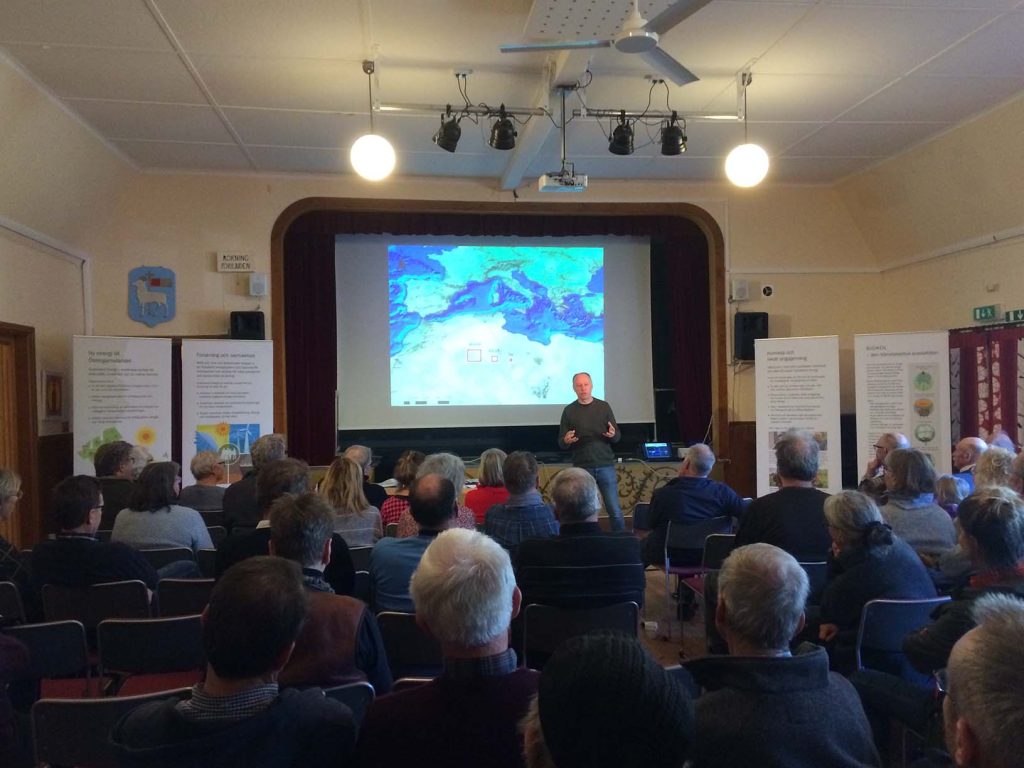
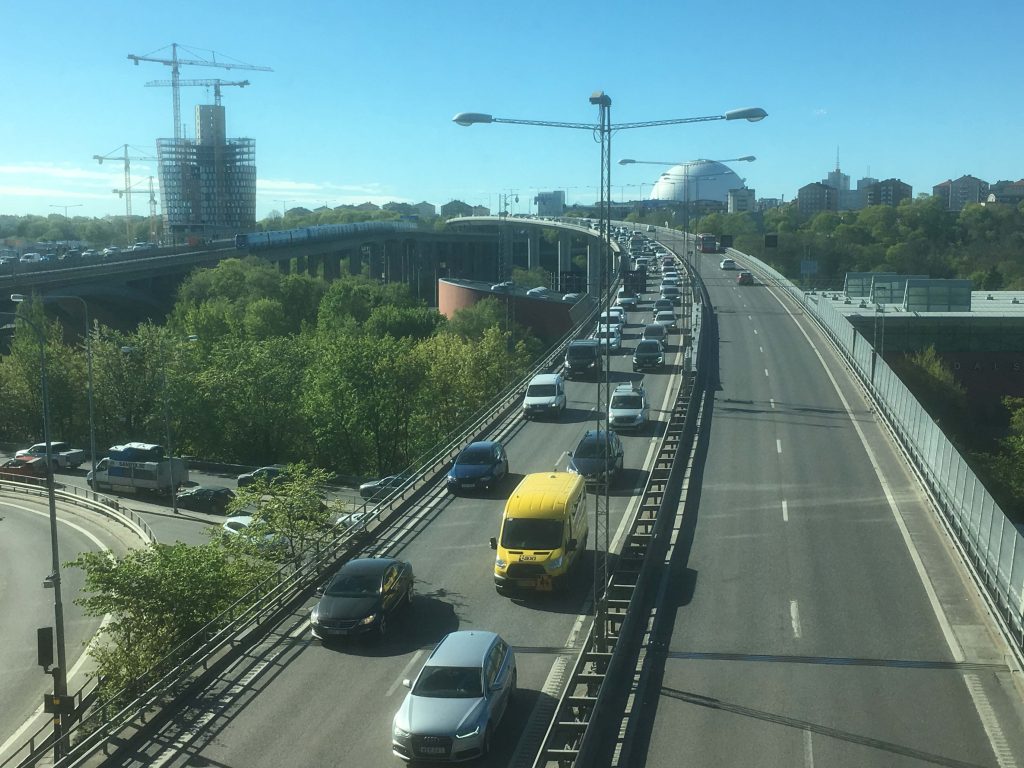
Different geographical locations around Sweden
The conditions for local energy ownership might be different in different parts of Sweden, for instance in relation to existing (energy) infrastructure, climatic conditions, or population density.
